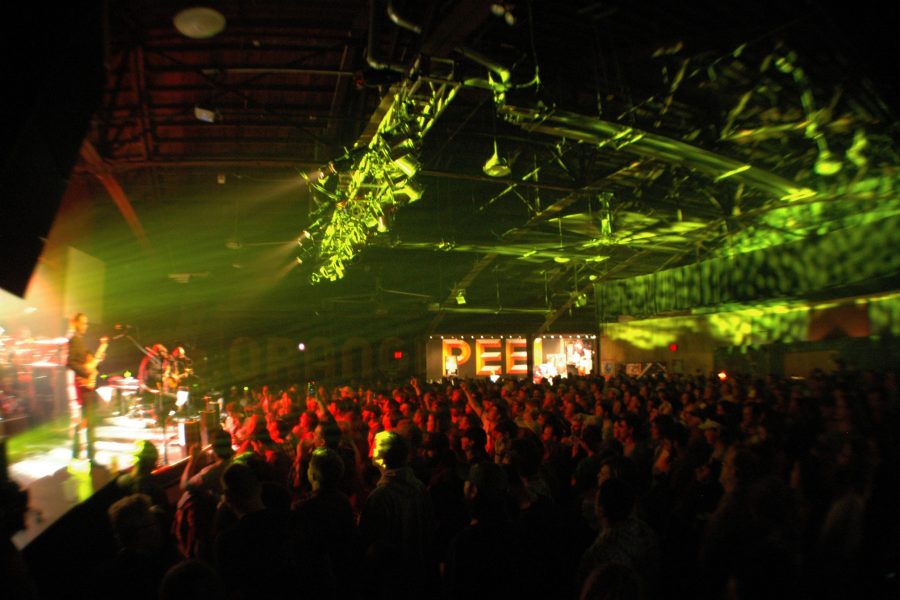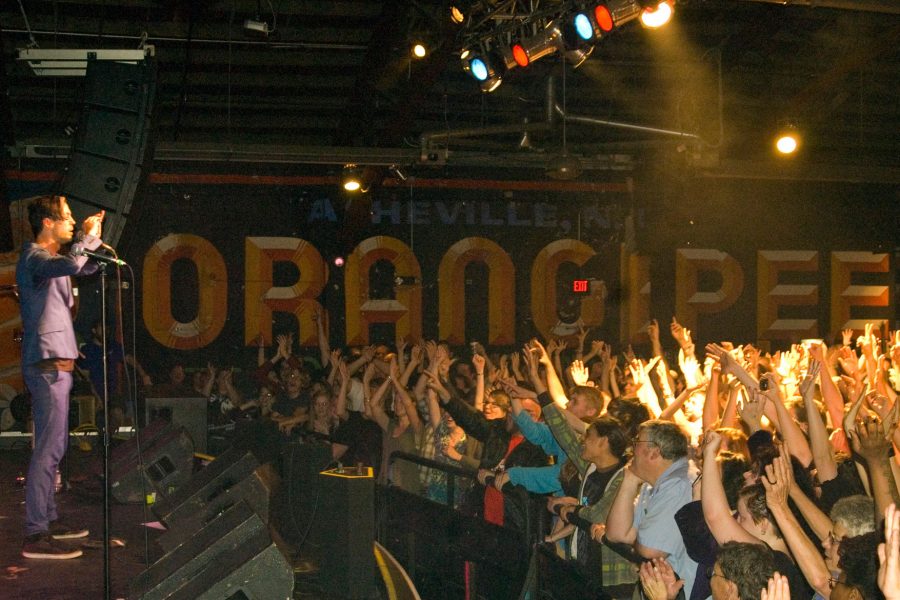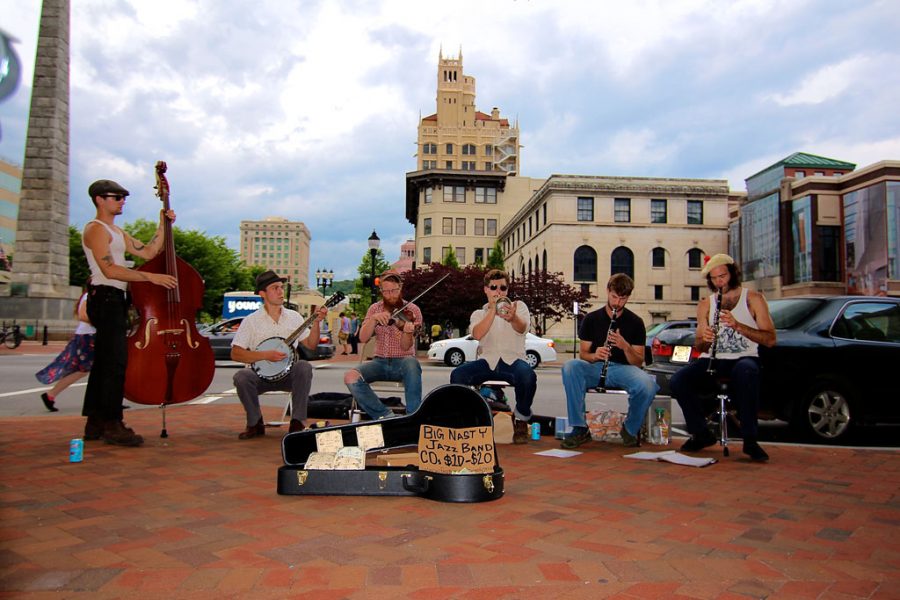People are drawn to play and live in Asheville because of the wide selection of cultural, entertainment, and dining activities in our vibrant walkable downtown. The proximity of cultural entertainment and dining opportunities are mutually reinforcing. The thousands of people who attend live entertainment in our downtown determine the success or failure of many of our downtown restaurants and pubs. Literally thousands of people’s livelihood, not to mention enjoyment, is wrapped up in the quality of entertainment available in our downtown entertainment district.
Many people understand the value of the arts, but typically consider the intrinsic values – how arts contribute culturally, emotionally and aesthetically to a community and its members. Yet the arts is a major economic driver. A study by the Asheville Chamber of Commerce back in 2016 pegged the music industry’s contribution to the local economy at $383,000,000. Arts & Economic Prosperity, a 2015 study conducted by Americans for the Arts, calculated the spending by both the State of North Carolina’s nonprofit arts and cultural organizations and their audiences at $2.12 billion.
Music is imbedded in the history of Western North Carolina. The Native Americans began the traditions with song and story accompanied by drums, flutes, and idiophones made from turtle shells. Early European immigrants from Scotland, Ireland and England brought flutes, fiddles and pipes to accompany ballads and dance tunes. These traditions soon mingled and were further influenced by the music of enslaved Africans with new beats and melodies and the addition of the banjo, whose sound became synonymous with country music and bluegrass. An integral part of our culture and now an integral part of our local economy. Music lives here.









